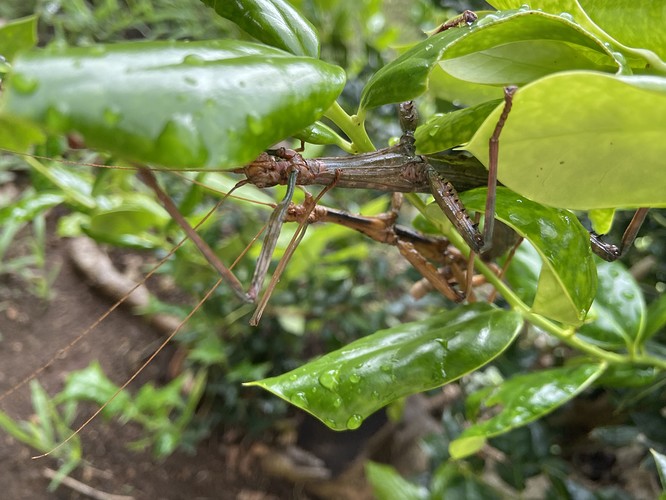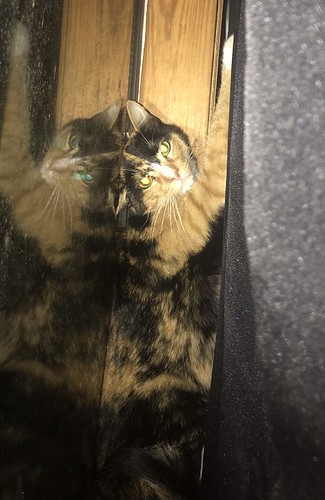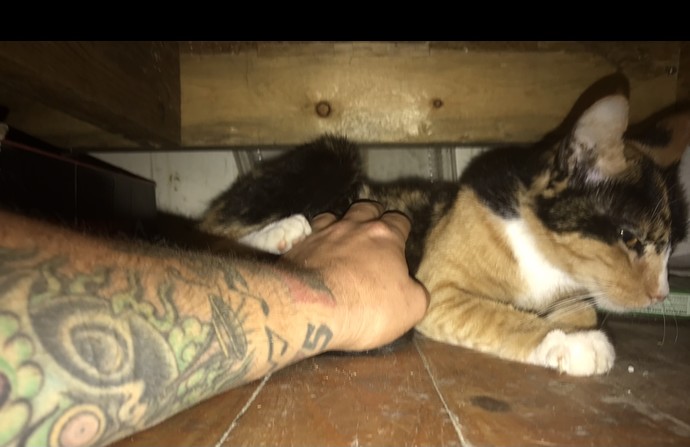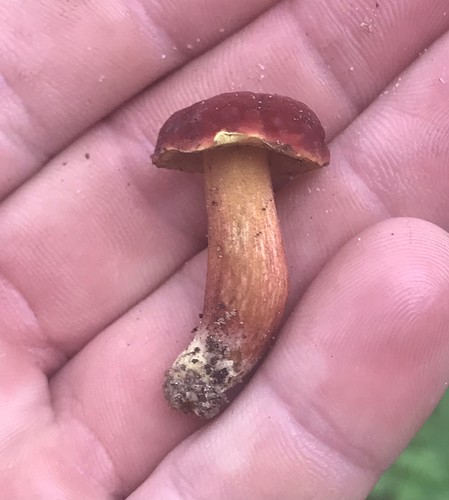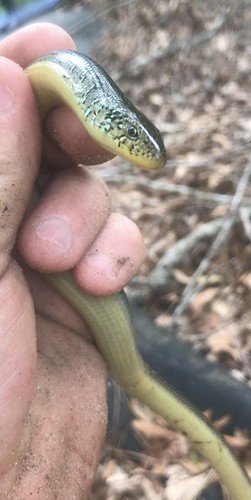Hermit snails? ![]()
Interesting! Are they marine or land snails? Thanks.
I found them on the land. But we have also recently had lots of storming and the water here floods quite a bit.
Where do you live, roughly? Most terrestrial snails have fairly limited ranges. @paleomalacologist can give much more specific IDs than I could, but the large one looks a lot like a Euglandina, which eat other land snails (including 99+ percent of the individuals and ~95% of the species of the native landsnails of Hawai’i, after they were introduced), the smaller ones are similar to Triodopsis.
South Alabama , USA about 6 miles north of the Gulf of Mexico.
The larger snail is a Euglandina, widely introduced to eat the much larger introduced giant African snails and instead always devastating the native snail faunas. But they are native in the southeastern US into the mainland Neotropics. DNA and shape variation suggests that there are multiple species of Euglandina in the southeastern US.
It’s hard to tell on the smaller one without more detail. The southeastern US is one of the more diverse parts of the world for non-tropical land snails.
Stick insects of some sort; it may be possible to figure out the species.
Evidently mating walking sticks of some kind. My Seek app is fooled by their mimicry and will not recognize.
Well cool find regardless of the species. One of my worst experiences in the garden was rushing to clean up the garden for a surprise visitor. Spotting what looked like some dead foliage I scooped it up on the run only to find a walking stick. Actually only the head and top section of the body. The rest including all six legs still had a … ahem… death grip on the plant I plucked it from.
Ive recently got a new cat through a adoption agency. A female calico about 2 years old. I guess the adoption agency had a issue of getting her adopted and kept because she’s a biter. She likes to slink around. She’s a little affectionate. She likes to sit next to you and let you pet her. She will even trick you by laying next to you and then she will stand and put her two front legs on yours and lay her head down in your lap and keep her hind legs still on the couch and she will do that for an hour and when you go to pick her up and place her all the way on your lap, bite!. She does not like to be held. She likes to be pet only and apparently that’s why she was returned twice to the agency. I told them it’s whatever I still want her. So she’s mine and regardless I’ll never get rid of her and hopefully she will be less “bitey”. She also will open her mouth on and put her teeth on you and then stop and not bite. Often. Like every 10 minutes at least one she does a fake bite. The bites are very hard also.
A tiny mushroom. Some species of boletis.
Tiny baby praying mantis.
One of the legless lizards. Not a snake.
In that first photo, I thought you caught Schrodinger’s cat in the very moment of quantum superposition.
Ha! 
I always joke and tell people if you can grab a angry hissing cat then a non venomous snake should be easy. A cat will be ten times as loud and bite ten times as much and their bite is way more painful and then there are all the claws lol. I would rather handling angry snakes all day than angry cats.
We just had our first largish get together, 18 seniors in addition to Lia and I, all vaccinated. We had an English want-to-be tea in the garden this past Saturday. While most of the surrounding area was baking with three digit temps we had a balmy 75F day. Like San Francisco across the bay, we get a lot of beneficial marine influence. (Some did not want to go home.)
My wife took the first photo last week before the party but the light was better than in the photos I took on Sunday.

Though not a photo was reading this. Part of me was thinking “Duh they can tell the difference lol” but it sounds like a fun test to do. Pretty cool learning a more about how their eyes work.
Tagging @LM77. 
However, to date, biological motion perception has only been reported in vertebrates.
That surprises me.
I think it must be referring to data collected specifically from the way they did their test. I think it’s obvious spiders can detect living versus non living things since they catch and eat insects and try to avoid predators.
